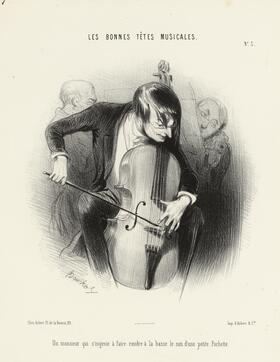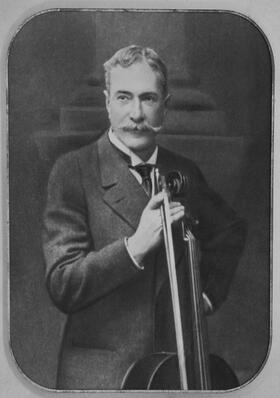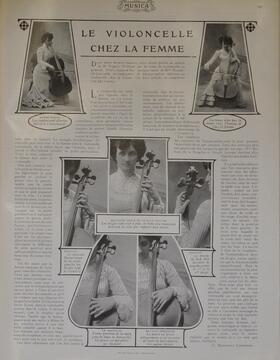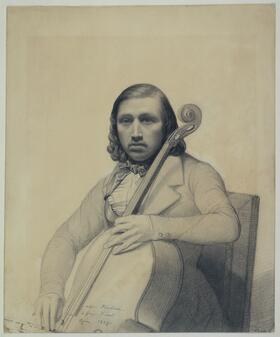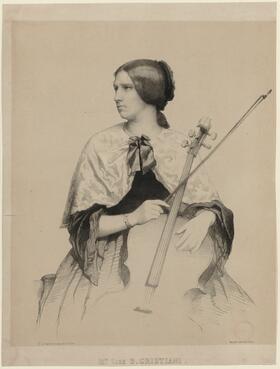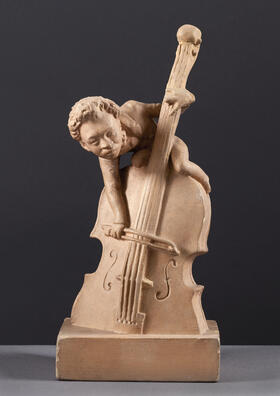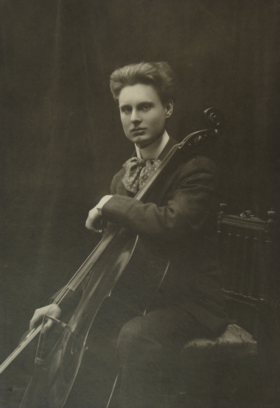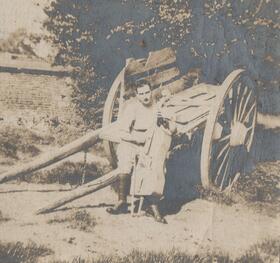The French cello school
The history of the cello in France in the nineteenth century falls into three chapters.
First of all, there was the generation of Duport, Levasseur and Janson (heirs to the Boccherini school), who, at the end of the eighteenth century, created a new virtuosity, aimed to raise the cello to the same level as the violin. Then achievements of that time – facilitated by the wide use of the spike and the Tourte bow –were set down in the many pedagogical writings that served to train the generation of Baudiot and Platel. Finally, cellists such as Franchomme, Servais and Chevillard brought international recognition to a French art that was long to be regarded by the world as a reference. Despite the general enthusiasm for the cello during the Romantic period, the French corpus of sonatas and concertos for the instrument remained marginal compared to the works for concerted piano or violin. As regards the cello sonata, only some of the pieces written by Onslow, Alkan, Saint-Saëns, Fauré and Lalo have been remembered by posterity; and for the concerto, the only surviving works today are the masterly compositions of Saint-Saëns and Lalo. Yet there are some splendid sonatas, by such names as Pierné, Magnard and Ropartz, just waiting to be rediscovered, as well as works for cello and orchestra, such as Boëllmann’s Variations symphoniques and the Fantasie-Stück by Dubois.
Related persons
Permalink
publication date : 30/09/24
Back to the list of Focus

